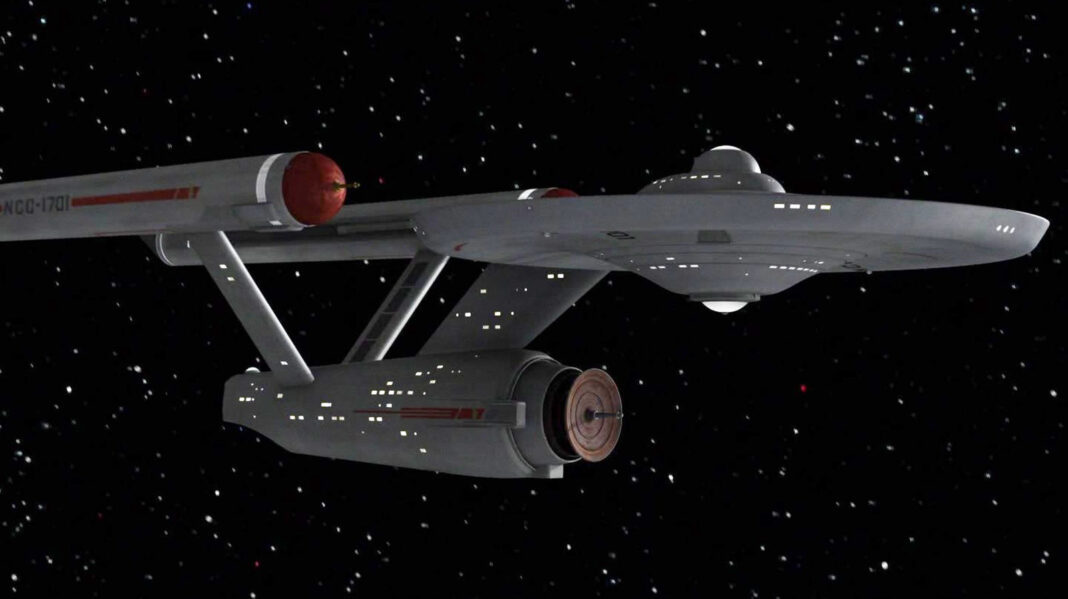S. Enterprise traveling through space in Star Trek: The Original Series”/>
Paramount
This rule was established because Roddenberry wanted the Enterprise to be a “cruiser.” The idea was that, in the future, starships would be so powerful that they could travel through space faster than the speed of light. To do this, the ships would have to generate a warp field, which required the warp nacelles to be in pairs. The nacelles were also placed at a 30-degree angle to each other, which was done to make the ship look more dynamic. The nacelles were filled with plasma, which was supposed to be expelled at the front of the nacelles, but this was eventually ignored in favor of a glowing effect that made the nacelles look like they were generating power.

